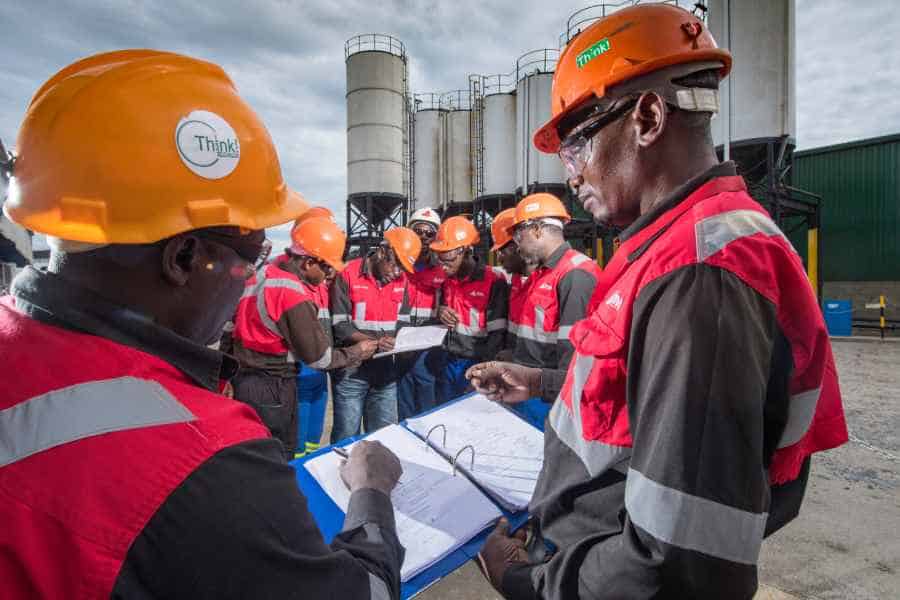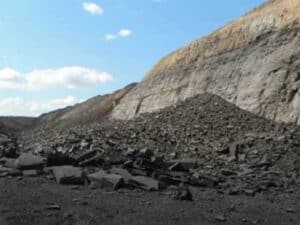The key to an improved health and safety record in the mining workplace lies with integrating safety firmly as part of operational excellence.
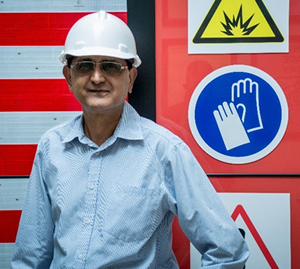
This is according to Ramesh Dhoorgapersadh, General Manager for Safety, Health, Environment, Risk and Quality (SHERQ) at blasting and explosives leader BME, a member of the JSE-listed Omnia Group. He highlighted BME’s Safety for Life brand, which focuses on the triple bottom line: safety for people, the environment and the commercial sustainability of the business. The key objective is for all employees and contractors to go home in the same condition that they arrived at work, having delivered quality service and products to the customer with no harm to the environment.
“The success of implementing Safety for Life is reflected in our recordable case rate (RCR) dropping steadily in recent years to just 0,06 during the third quarter of 2020,” said Dhoorgapersadh. “Our RCR is a good reflection of the safety culture within a business, as the downward trend over the past three years demonstrates.”
BME was recognised for responsible care at the Chemical and Allied Industries Association (CAIA) Awards last year, based on its year-on-year SHE performance improvement. Several safety interventions contributed to this progress, he said, including Visual Felt Leadership, Process Safety, near miss reporting, driver awareness programmes and fatigue management to name just a few. These aligned with the Omnia Vision of zero harm and positive impact through responsible business practices.
“The drive for safety is a never-ending process of analysing even minor incidents and generating fresh ideas to reinforce our Safety for Life interventions,” he said. “It is also vital to report and understand ‘near misses’, which are valuable indicators of where we can prevent incidents before they occur.”
As a leading producer of emulsion explosives, BME imbeds a range of process safety elements into its manufacturing operations, in line with global best practice for chemical industries. This focuses on asset management in ways that protect employees, the environment and the broader community.
“Moving ammonium nitrate through our value chain, for instance, demands that we constantly learn from international experience – and this helps drive our safety culture,” he said.
He noted that BME also identifies the United Nations’ Sustainable Developmental Goals as relevant to its safety efforts – particularly those linked to industry, innovation and infrastructure; decent work and economic growth; responsible consumption and production; and partnerships for the SDG goals.
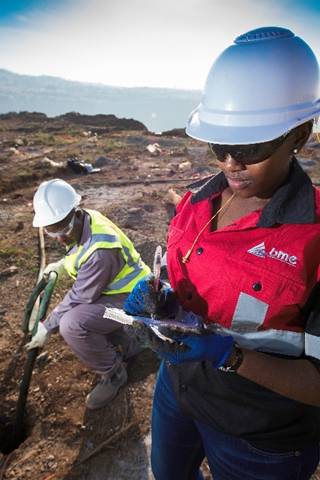
BME’s RCT is a good reflection of the safety culture within the business
“As an example, we launched our new Blasting Guide mobile app earlier this year as part of our continuous innovation – leveraging digital technology to allow users to rapidly calculate and check blast designs,” he said.
Indeed, enhanced safety has been a perennial consideration in the development of all BME’s products and services, to ensure the safe and efficient use of explosives in the field. BME’s Global Manager for Blasting Science, D. Scott Scovira, emphasised the company’s extensive use of electronic – rather than electric or non-electric – detonators for firing blastholes.
“Electric detonators have the safety concern of being susceptible to extraneous electricity and run the risk of unexpected detonation,” said Scovira. “Non-electric detonators, while immune to extraneous electricity hazards except lightening, do not have detonator circuit testing capability and rely on the user to make 100% correct connections to prevent misfires.”
By contrast, electronic detonators are inherently safe from extraneous electricity except for lightning, and each detonator in the blasting circuit may be checked for functionally before firing – thus reducing the risk of misfires.
He noted that, in comparison to many other ultra-hazardous occupations, field blasting professionals have an excellent long-term safety record. They have also adapted well to modern demands such as encroachment of settlements close to blasting sites like quarries, by minimising the risk of flyrock.
“Assisted by specialist technology providers like BME, quarries and mines can today employ specialised electronic and software tools that enable the field measurement of blast hole deviations and measurement of the amount rock in front of the blast holes,” he said. “Actual field measurements are compared against the engineered blast design and adjustments are then made to the design to ensure a safe blast.”
As BME has operated through the Covid-19 pandemic, Dhoorgapersadh pointed out that risk assessments have been adapted in line with company, group and customer health and safety policies, as well as Department of Labour requirements.
“All our Covid-19 interventions have worked well, with internal audits and departmental inspections confirming this on a regular basis,” he said.
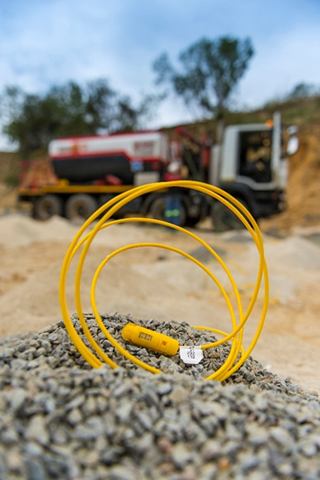
Electronic detonators are inherently safe from extraneous electricity, reducing the risk of misfires



